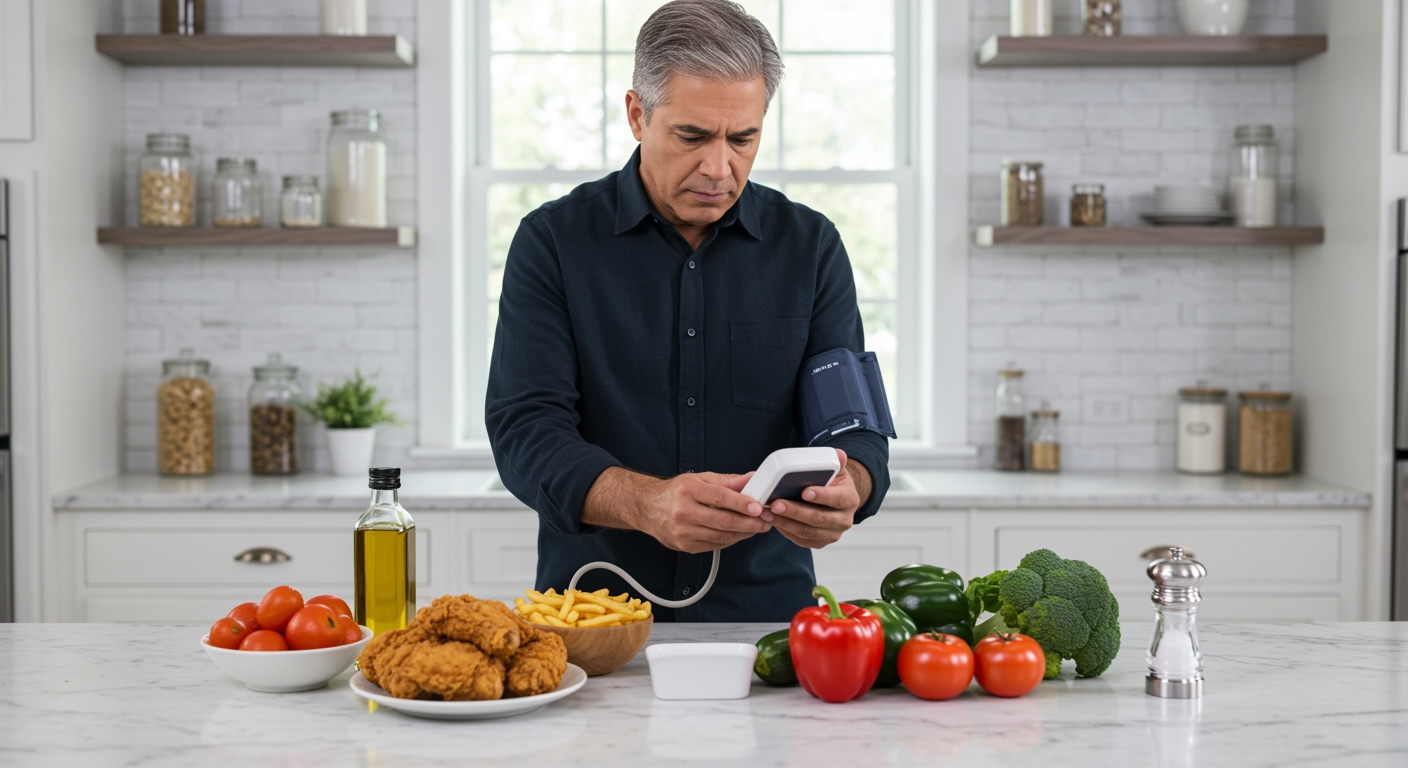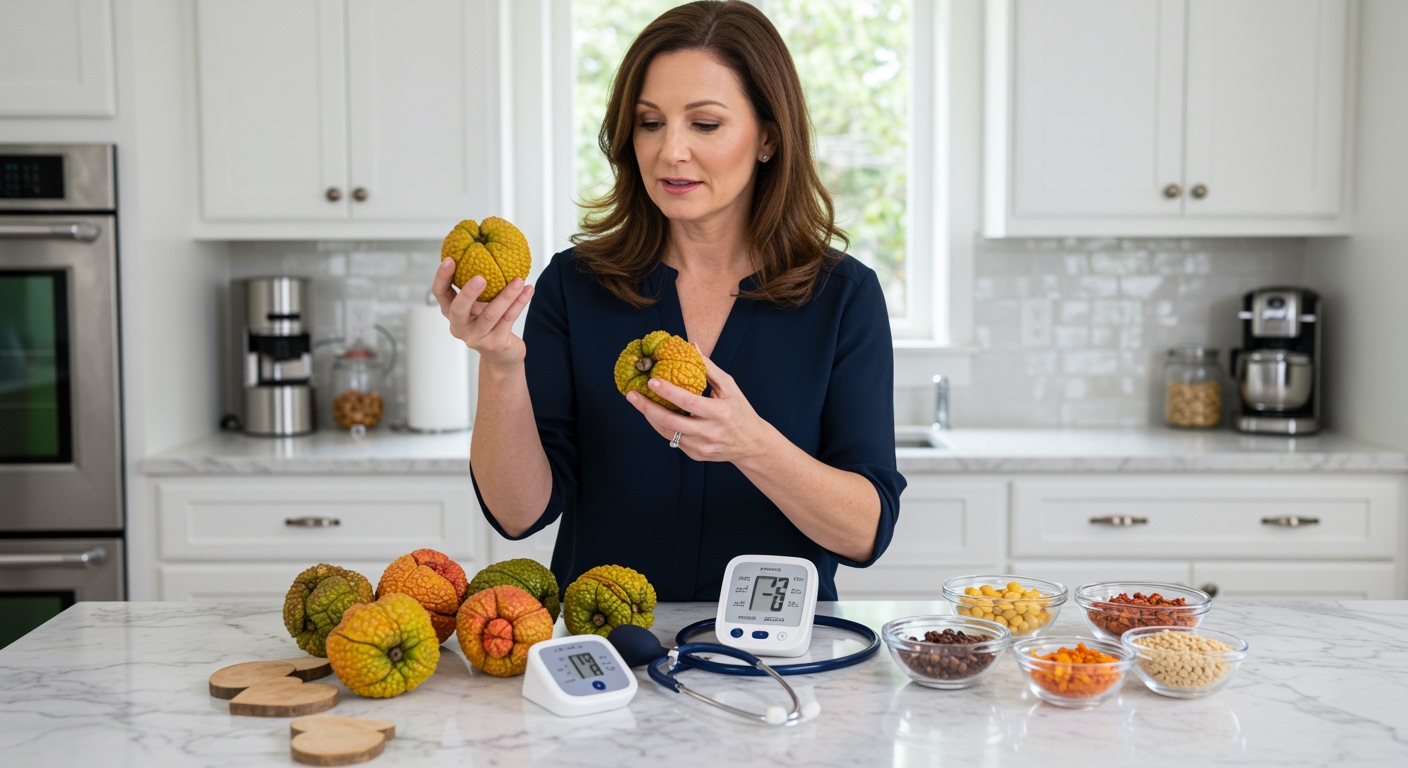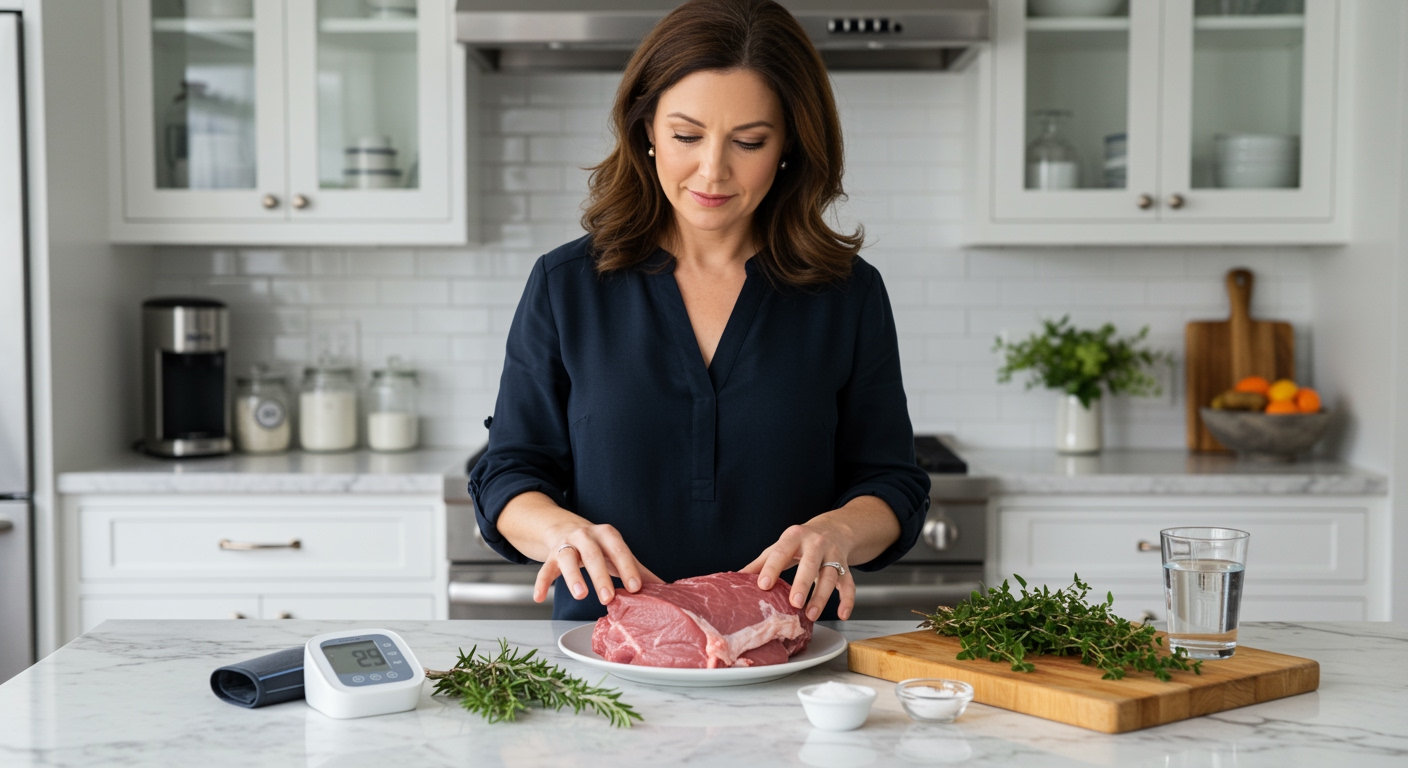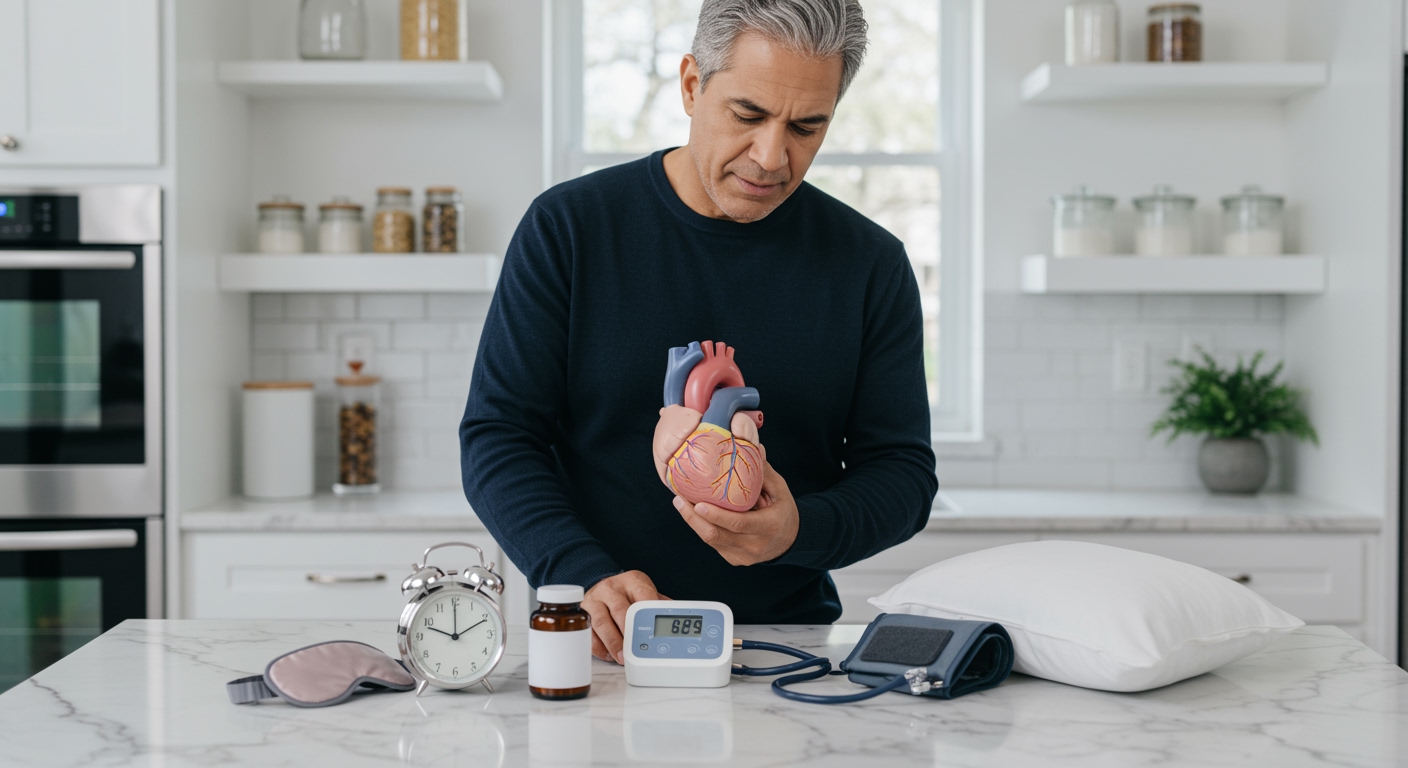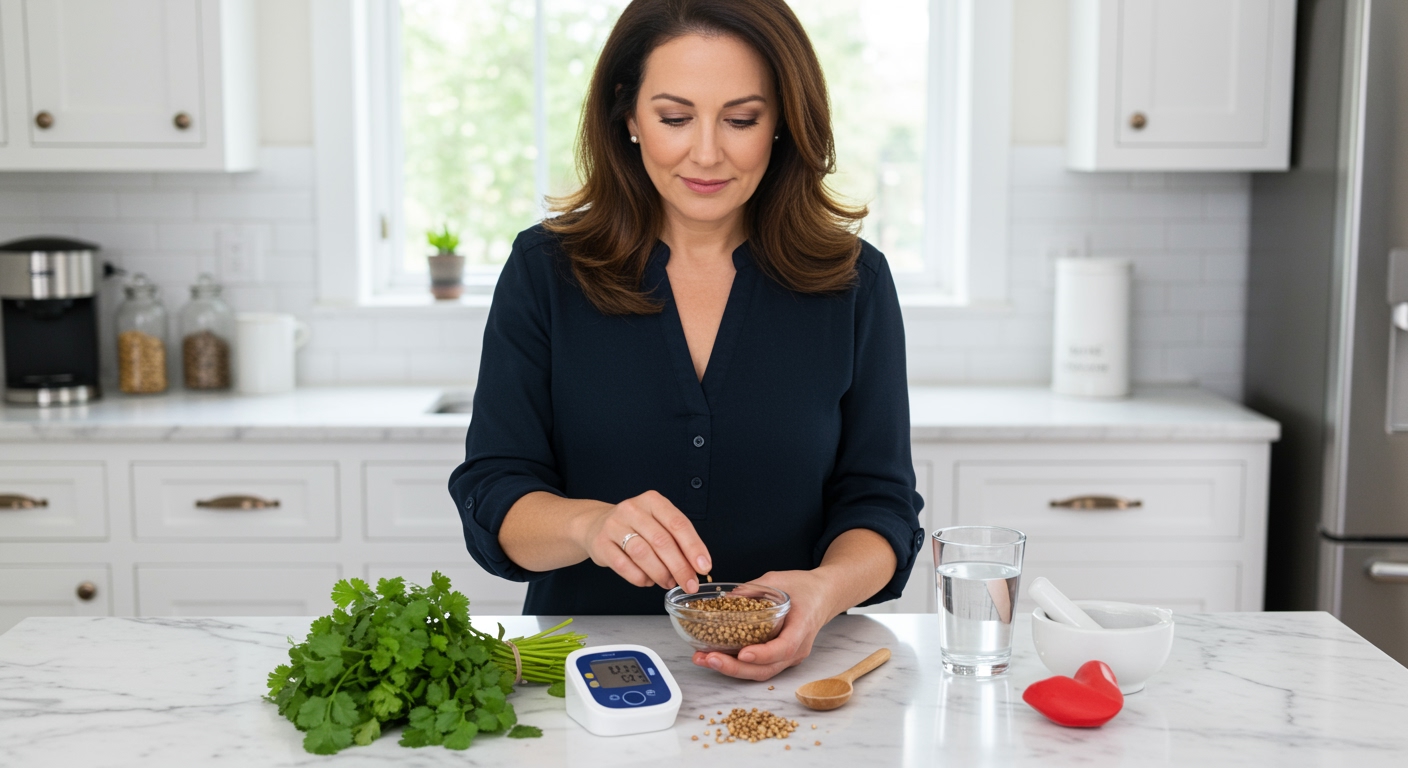✪ Key Takeaway: You don’t need to avoid all fried foods with high blood pressure, but you must choose cooking methods and oils wisely.
Introduction
Your doctor just told you that your blood pressure is too high and you need to change your diet immediately.
You might be wondering if this means saying goodbye forever to crispy fried chicken, golden french fries, and all those comfort foods that make life enjoyable.
Hi, I’m Abdur, your nutrition coach and today I’m going to explain exactly which fried foods you should avoid with high blood pressure and which ones might actually be okay when prepared correctly.
What Makes Fried Foods Dangerous For Blood Pressure?
The main problem with most fried foods is not the frying process itself but the type of oil used and the temperature at which foods are cooked.
When oils are heated to very high temperatures, they undergo chemical changes that create trans fats and other harmful compounds.
These damaged fats trigger inflammation in your blood vessels, making them stiffer and less flexible.
Restaurant fryers typically operate at temperatures between 350-375°F, and the oil is often reused multiple times throughout the day.
Each time oil is reheated, it becomes more oxidized and produces more inflammatory compounds that directly impact your cardiovascular system.
Research from the Mediterranean cohort study shows that people who eat fried foods more than four times per week have a 37% higher risk of developing hypertension compared to those who eat them less than once per week.
✪ Fact: The oil temperature and reuse frequency matter more than the actual frying process for blood pressure impact.
Which Fried Foods Are The Worst Offenders?
Commercial fast food items top the list of foods you should completely avoid if you have high blood pressure.
French fries from chain restaurants contain not only damaged oils but also excessive amounts of sodium that can spike your blood pressure within hours of eating them.
Fried chicken from fast food places is particularly problematic because the breading absorbs large amounts of oxidized oil during the cooking process.
Donuts and other fried pastries combine the worst of both worlds: damaged fats from high-temperature frying plus refined sugars that cause additional inflammation.
Potato chips and similar snack foods are fried at extremely high temperatures and then stored for weeks or months, allowing the oxidation process to continue even after cooking.
The American Heart Association study found that people who consumed fried foods daily had blood pressure readings that were consistently 8-12 points higher than those who avoided these foods entirely.
✪ Pro Tip: Check restaurant nutrition facts online before ordering – sodium content in fried foods can exceed 1000mg per serving.
Can You Ever Eat Fried Foods With High Blood Pressure?
The answer might surprise you: yes, but only when you control the cooking process yourself.
Home-cooked fried foods using fresh oil at controlled temperatures can be part of a blood pressure-friendly diet when consumed occasionally.
The key is using oils with high smoke points like avocado oil or refined olive oil, and never reusing the oil for multiple cooking sessions.
Air frying represents an excellent compromise because it uses minimal oil while still creating that crispy texture you crave.
When you air fry foods, you reduce the oil content by up to 80% compared to traditional deep frying methods.
Pan-frying with just a tablespoon of healthy oil can also work well for foods like fish or vegetables, as long as you keep the temperature moderate and avoid burning the oil.
The Harvard School of Public Health research indicates that the cooking method matters less than the frequency and portion size when it comes to cardiovascular impact.
✪ Note: Air frying reduces oil absorption by 80% while maintaining the satisfying crunch of traditional frying.
What About The Sodium Problem?
Most people focus on the oil when thinking about fried foods, but the hidden sodium content is equally dangerous for blood pressure.
Restaurant fried foods are heavily salted both in the breading and as a finishing touch after cooking.
A single serving of restaurant fried chicken can contain over 1200mg of sodium, which is more than half your daily recommended limit.
When you make fried foods at home, you can control the salt content by using herbs and spices instead of relying on sodium for flavor.
Garlic powder, paprika, black pepper, and dried herbs can create delicious coatings without the blood pressure-spiking effects of excess salt.
Even when using minimal salt, the combination of crispy texture and aromatic spices can satisfy your craving for fried foods without compromising your health goals.
✪ Pro Tip: Replace salt with garlic powder and herbs in homemade fried foods to cut sodium by 70% while boosting flavor.
How Often Is Too Often?
The frequency of fried food consumption matters more than most people realize when managing high blood pressure.
Research shows that eating fried foods once per week or less has minimal impact on blood pressure in otherwise healthy individuals.
However, consuming fried foods two or more times per week begins to show measurable increases in both systolic and diastolic blood pressure readings.
If you already have diagnosed hypertension, limiting fried foods to twice per month appears to be the sweet spot for most people.
The cumulative effect of frequent fried food consumption creates chronic low-grade inflammation that keeps your blood pressure elevated even between meals.
Your body needs time to process and eliminate the inflammatory compounds from fried foods, which is why spacing out consumption is so important for cardiovascular recovery.
✪ Fact: Your blood pressure can remain elevated for 24-48 hours after eating restaurant fried foods due to inflammation.
The Bottom Line
You do not need to completely eliminate all fried foods from your life if you have high blood pressure, but you must be strategic about your choices.
Smart nutrition is about making better choices more often, not perfect choices all the time.
Focus on home-cooked versions using healthy oils, limit frequency to once or twice per month, and always pair fried foods with plenty of vegetables to help offset the inflammatory effects – and please share your thoughts or questions about managing fried foods with high blood pressure in the comments below.
References
At NutritionCrown, we use quality and credible sources to ensure our content is accurate and trustworthy. Below are the sources referenced in creating this article:
- Cambridge University: Reported fried food consumption and the incidence of hypertension in a Mediterranean cohort
- American Heart Association: Fried Food Consumption and Cardiovascular Health
- Harvard School of Public Health: Eating fried foods tied to increased risk of diabetes and heart disease
- PubMed: Fried food consumption and risk of type 2 diabetes and coronary artery disease
